 alt="Market Days in Menglian and Townships, Puer"
/>
alt="Market Days in Menglian and Townships, Puer"
/>
Palm Fan Dance of Hani Ethnic Minority in Yuanjiang County, Honghe
Palm Fan Dance of the Hani Ethnic Minority in Yuanjiang County, Honghe Prefecture
The Palm Fan Dance, an iconic cultural expression of the Hani people in Yunnan’s Yuanjiang County, is a rhythmic narrative of nature, ancestry, and life itself. Rooted in ancient traditions and evolving through centuries, this dance embodies the Hani ethnic minority’s deep connection to their environment and spiritual heritage.
Historical Origins
The dance traces its roots to the primordial rituals of Hani ancestors, emerging from a blend of totem worship, hunting-gathering lifestyles, and animistic beliefs. Initially performed during funerary and sacrificial ceremonies, it served as a spiritual bridge between the living and the ancestral realm, honoring deities and commemorating the cycle of life and death. Over generations, it transcended its sacred origins, evolving into a versatile art form that combines ceremonial significance with communal celebration. Today, it thrives in festivals, daily gatherings, and cultural performances, reflecting the Hani people’s ability to preserve tradition while embracing joyous expression.
Artistic Characteristics
-
Movement and Mimicry
- Masculine Roles: Male dancers often emulate wild animals like bears (“bear’s embrace”), monkeys (“monkey’s bow”), and eagles, with robust, earthy movements that evoke strength and agility. These gestures recall ancient hunting scenes, symbolizing the Hani’s historical reliance on nature for survival.
- Feminine Grace: Female dancers, wielding palm-leaf fans , mimic the elegant strides of the silver pheasant (“pheasant’s prance”), the delicate wade of herons (“heron’s fish-search”), and the fluidity of natural elements. Their movements—graceful hip sways, undulating waistlines, and fan flourishes—create sinuous, bird-like curves, celebrating the beauty of Hani women and their harmonious relationship with nature.
-
Musical Accompaniment
The dance is brought to life by a vibrant ensemble of traditional instruments: the deep resonance of ox-hide drums , the sharp clatter of gongs and cymbals , the soulful wail of suona horns , and the melodic pluck of three-stringed lutes . Rhythms alternate between free-flowing improvisations, syncopated percussion-driven beats, and lyrical sung interludes, where haunting melodies convey stories of love, labor, and legend. The interplay of sound and motion creates an immersive experience, balancing solemnity with exuberance. -
Costume and Adornment
- Male attire is understated yet symbolic: loose-fitting black or blue trousers paired with crisp white or indigo shirts, reflecting the simplicity of rural life.
- Female costumes dazzle with vivid hues: intricately embroidered long skirts in reds, blues, and greens, paired with silver jewelry—necklaces, bracelets, and headdresses—that jingle with every step. Embroidered shoes and colorful headscarves add finishing touches, embodying Hani aesthetics of nature-inspired artistry and cultural pride.
Cultural Significance
- Reverence for Nature: The dance’s mimetic movements—from imitating flowing rivers to rustling forests—manifest the Hani philosophy of “Awoeibei” (Harmonious coexistence between humans and nature), or harmonious coexistence with nature. Each gesture is a prayer of gratitude for the land’s bounty, a reminder of humanity’s place within the ecological web.
- Celebration of Life: The upbeat rhythms and dynamic choreography mirror the Hani people’s resilience and joy. Whether performed at harvest festivals or village gatherings, the dance is a communal affirmation of life’s blessings, fostering unity and collective optimism.
- Ancestral Memory: Ritualistic sequences in the dance pay homage to Hani forebears, reenacting historical migrations, agricultural practices, and spiritual traditions. By passing down these movements, each generation reinforces its identity, ensuring that ancestral wisdom remains vital and visible.
Preservation and Modern Evolution
In the face of globalization, Yuanjiang County has prioritized safeguarding this intangible cultural heritage:
- Cultural Revitalization: Local governments organize workshops and master-apprentice programs to train young dancers, ensuring the transmission of authentic techniques. Annual festivals like the Zhubang Festival (矻扎扎节) showcase the dance to both locals and tourists, blending tradition with contemporary stages.
- Innovation with Tradition: The dance has adapted to modern contexts, integrated into school curricula as a rhythmic campus activity and featured in tourism performances that highlight ethnic diversity. These adaptations introduce the Palm Fan Dance to new audiences while retaining its core spiritual and artistic essence.
- Global Recognition: Efforts to document the dance through films, academic research, and international cultural exchanges have elevated its profile, positioning it as a symbol of Yunnan’s rich multicultural tapestry.
A Living Legacy
The Palm Fan Dance of the Hani people is more than a dance; it is a living archive of a community’s history, values, and creativity. Through every fan flutter and drumbeat, it whispers the timeless story of a people who dance to honor their past, celebrate their present, and welcome the future—all while rooted in the sacred soil of their ancestral homeland.
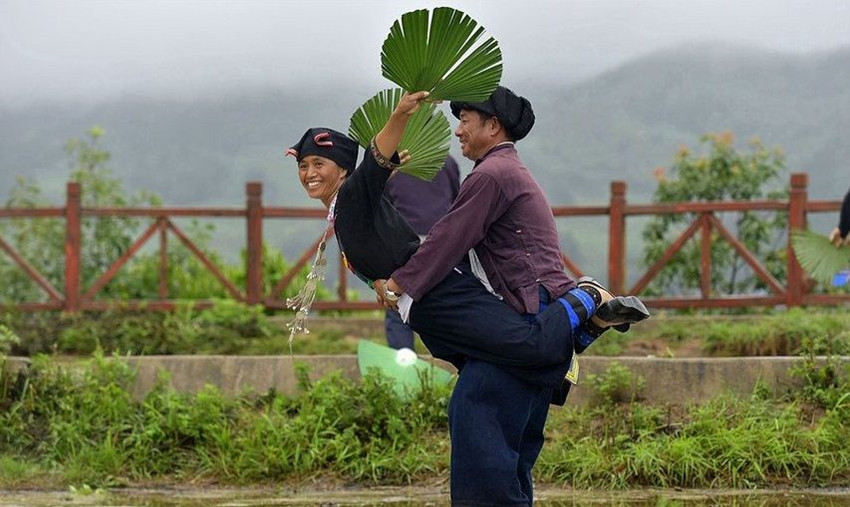
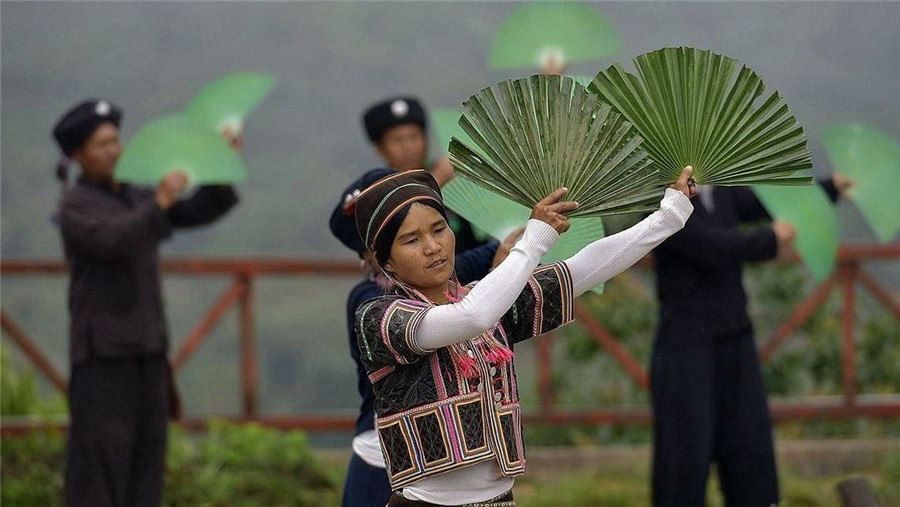
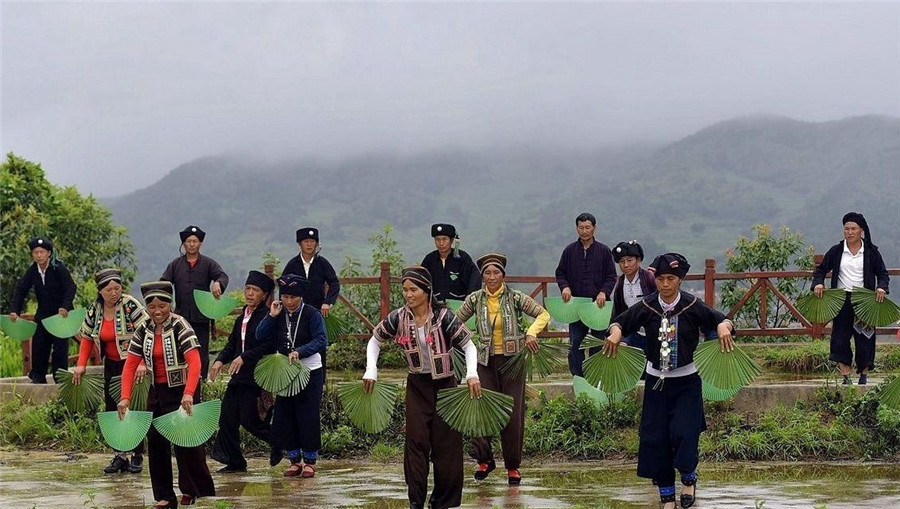
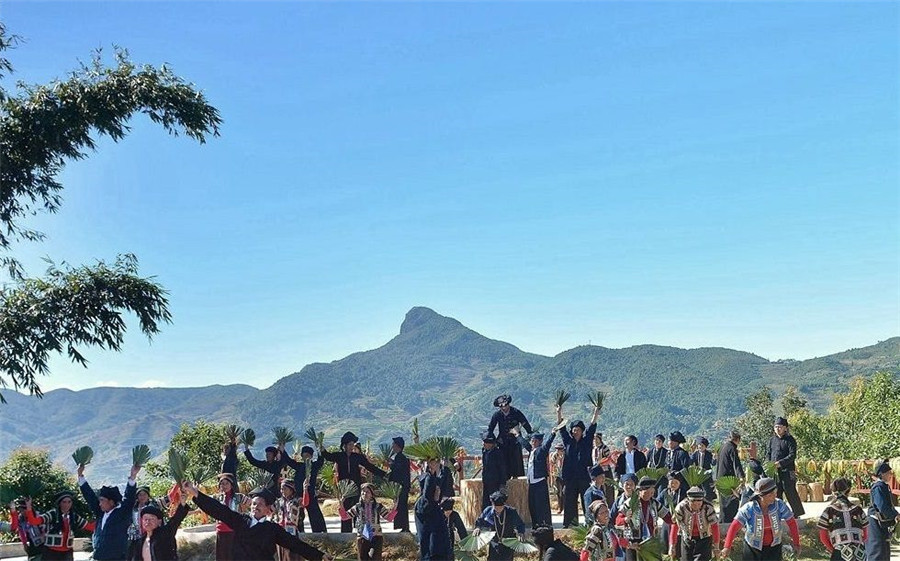
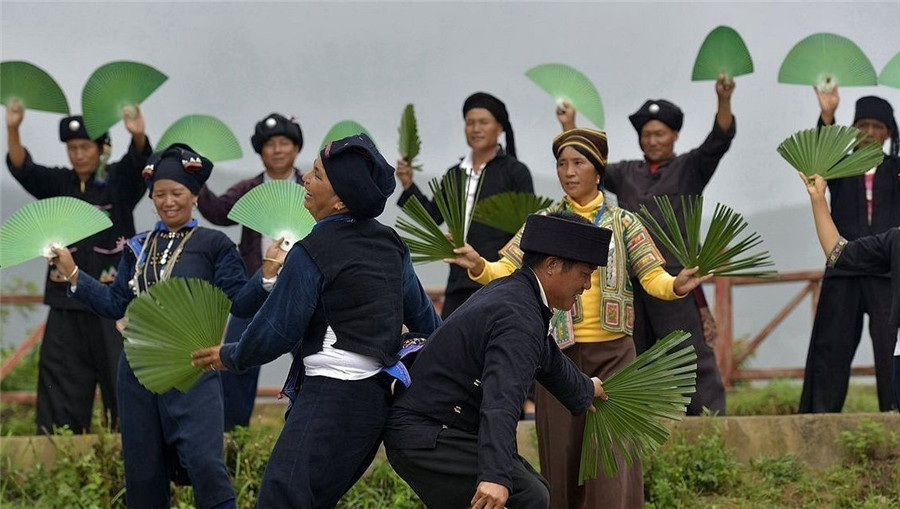
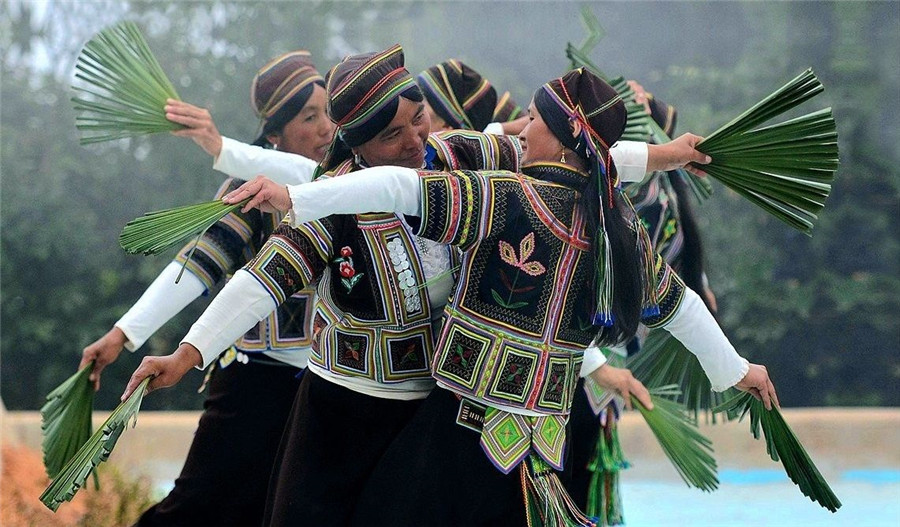
http://www.ynich.cn/view-ml-11111-1131.html

 7 Days GolfingTour
7 Days GolfingTour
 8 Days Group Tour
8 Days Group Tour
 8 Days Yunnan Tour
8 Days Yunnan Tour
 7 Days Shangri La Hiking
7 Days Shangri La Hiking
 11 Days Yunnan Tour
11 Days Yunnan Tour
 6 Days Yuanyang Terraces
6 Days Yuanyang Terraces
 11 Days Yunnan Tour
11 Days Yunnan Tour
 8 Days South Yunnan
8 Days South Yunnan
 7 Days Tea Tour
7 Days Tea Tour
 8 Days Muslim Tour
8 Days Muslim Tour
 12 Days Self-Driving
12 Days Self-Driving
 4 Days Haba Climbing
4 Days Haba Climbing
 Tiger Leaping Gorge
Tiger Leaping Gorge
 Stone Forest
Stone Forest
 Yunnan-Tibet
Yunnan-Tibet
 Hani Rice Terraces
Hani Rice Terraces
 Kunming
Kunming
 Lijiang
Lijiang
 Shangri-la
Shangri-la
 Dali
Dali
 XishuangBanna
XishuangBanna
 Honghe
Honghe
 Kunming
Kunming
 Lijiang
Lijiang
 Shangri-la
Shangri-la
 Yuanyang Rice Terraces
Yuanyang Rice Terraces
 Nujiang
Nujiang
 XishuangBanna
XishuangBanna
 Spring City Golf
Spring City Golf
 Snow Mountain Golf
Snow Mountain Golf
 Stone Mountain Golf
Stone Mountain Golf













 What Our Customers Say?
What Our Customers Say?
